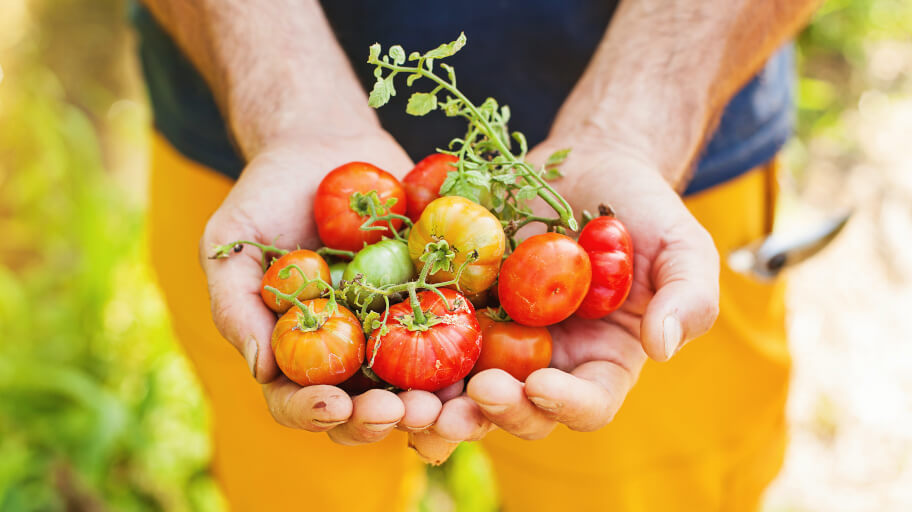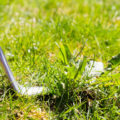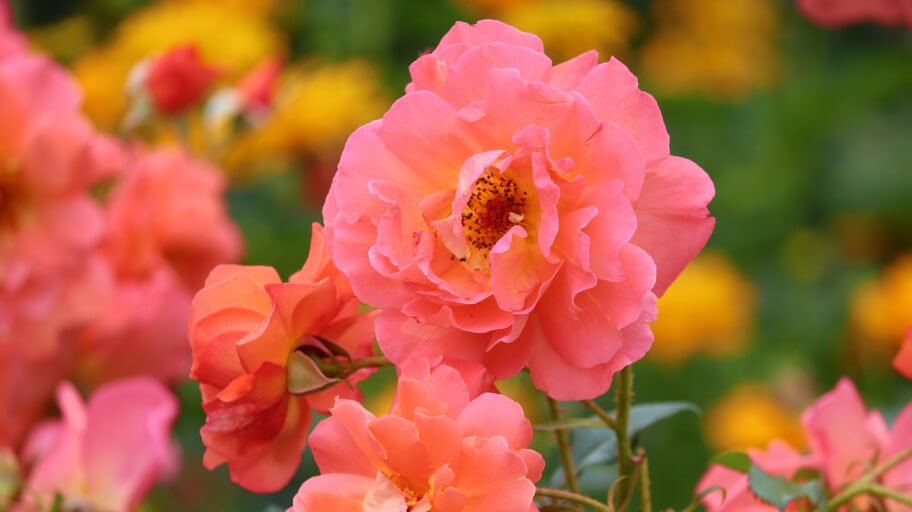
We’ve written before about the principles of permaculture and how it can provide you with a sustainable garden and fully organic produce. Now let’s go more in-depth. And more precisely capturing and storing energy. Or “catching lightning in a bottle” as I like to call it. It’s just an awesome figure of speech and way more punchy than “catching and storing energy”. Digressions aside, in this post we’ll go over the five basic types of energy on your property and how to utilise them to your advantage.
Sunlight
“Make hay while the sun is shining” could be taken quite literally here. Any gardener worth their salt knows how important light and warmth are to plants. With some creative thinking, sunlight can be harnessed during the day and expended during the night.
Greenhouses are a pretty good example of catching warmth when the weather outside is cold. But with the addition of a cleverly placed water tank, you can absorb heat from sunlight into the water and lock it to be released through nothing more but simple physics when temperatures drop.
Of course, we have to mention more high tech options like solar heaters, solar panels and the like. They are much more efficient than a water tank painted black, but also cost money and can be harder to maintain. Combining a method of getting large amounts of sunlight into your home and efficient insulation can actually provide you with enough heat to go through our mellow the Australian winters. The sun is a powerful and abundant source if you tap into it properly.
Wind
Free kinetic energy out of thin air. That’s what wind is. You obviously immediately thought about wind-generated electricity. But that’s not the only way wind can be used. If you spend enough time and observe the air currents on your plot, you can get the patterns down to reliable precision. One way to do this is by putting down sticks with long ribbons tied to them then monitoring over an extended period of time.
Once you know the air currents, you can design structures for anything from windbreaks to well-aerated fruit drying installations. A simple wind shelter can do a lot for certain types of plants. Like sunlight can be used to keep you warm in winter, wind can help you cool it during summer.
In fact, before anyone even thought of putting the words “air” and “conditioner” together, people have had this in mind when building. The Persians created the badgir to this extent. Literally, wind catchers. These were high towers designed to catch the cooler wind high above the ground and lead it into the building itself. If it worked in the desert, it would work for you too.
Water
The source of life for your garden. And for you for that matter. Did you drink enough of it today? Anyway. Rainwater storage can come in many varieties, but I’m pretty fond of using swales to harvest water. Simply put swales are ditches used to capture rainwater instead of letting it just runoff. What is amazing about swales is that you can plant directly on them. This not only optimises your space but also looks aesthetically pleasing.
We’ve mentioned it before, but water can be quite effective for air conditioning. You can create all sorts of tiny ecosystems through the clever management of water. If you are blessed with a creek running through your property – That’s another potential source of free electricity. In Australia capturing every drop, we can be the difference between harvesting produce and cleaning your yard from dried up shrivelled husks.
Biomass and money
Be it composting, preparing your own mulch or simply conserving food be it by drying, canning or pickling – You are storing biomass. Despite the name, it isn’t really more complex than storing firewood for when you might need it for example and recycling any organic material that you do not need.
Beekeeping, beer brewing, alcohol fermenting, making jams. Biomass accumulation. I’ve merged this together with money because it really all boils down to frugality and preparedness with this point. Money is an easily transferable form of energy, and in today’s world, it can get you anything that you can’t produce yourself. Thus by saving money and staying out of debt, you are again storing energy.
Gathering biomass of all kinds to be used around your garden will save you money. You create your own fertiliser, your mulch, your food, your energy, you gather rainwater cool and heat with the awesomeness of nature. All of which can be done for free, saving cash for that diamond-encrusted bow tie you’ve got your eye on for a while.
Permaculture is all about creating self-sustainable systems, imitating nature as closely as possible. The correct approach will vary widely from plot to plot. Thus we can only give you suggestions as to what you can take advantage of. The rest is up to you to figure out, by careful observation and experimentation of your garden.
By the way. Do you need help with your garden?
We have a lot of services to offer you!







